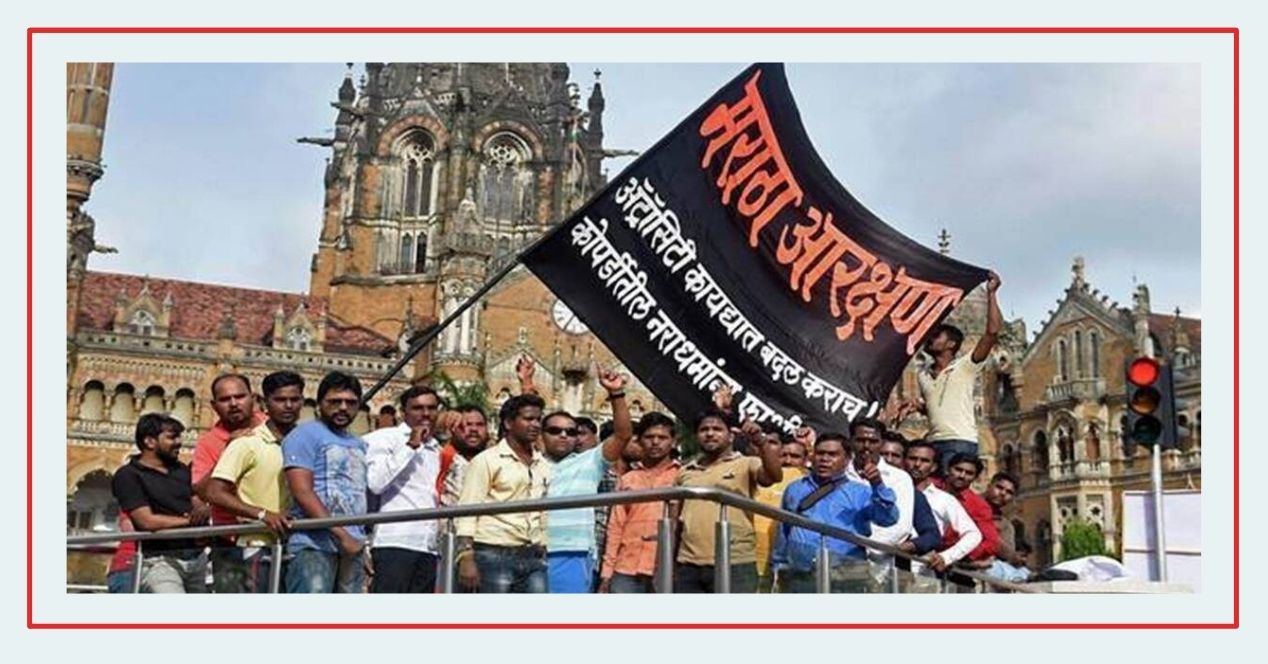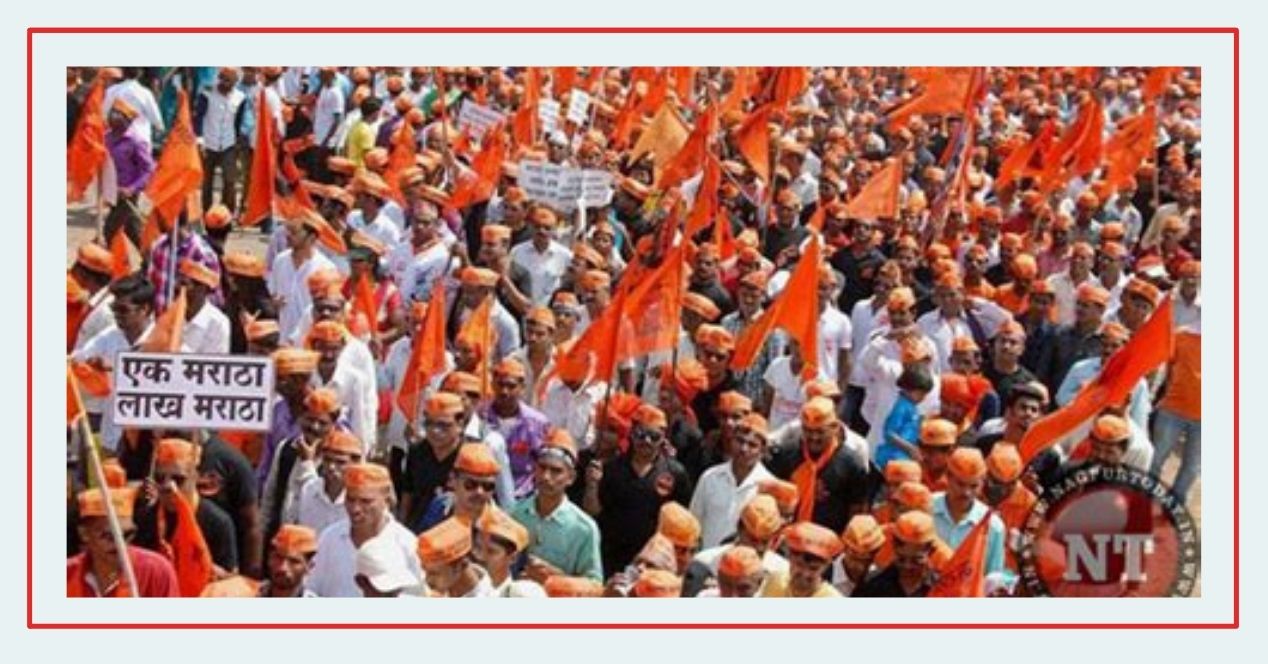Channel
SCO Explains: Maratha Reservations Hearings- 102nd Amendment (4/4)
In this episode of SCO Explains, we look at whether the 102nd Constitutional Amendment took away States’ powers to identify SEBCs.
This is the fourth part of a 4-part series on the Maratha Reservations Hearings, recorded in April prior to the pronouncement of the judgment. The other parts look at the litigation history before the case came to the Constitution Bench, the rationale and development of the 50% limit on reservations and the hearings and arguments on the 50% rule and its application this case.
Transcript
The Supreme Court read down the provision granting reservations for Marathas on 5th May 2021. In doing so, it affirmed the 50% rule and held that States no longer have the power to identify socially and educationally backward classes after the 102nd Amendment Act, 2018.
In this four-part series of SCO Explains, we look at the hearings and the arguments in the Maratha Reservations case and place them in context. In the previous episodes, we have covered the litigation history of the case, the background and rationale of the 50% limit and the hearings and arguments regarding the set of issues on the 50%.
In this episode, we look at the interpretation of the 102nd Amendment Act, 2018. And whether it would take away States’ powers to identify socially and educationally backward classes. And if it did, whether it was constitutional. These episodes were recorded in April, prior to the pronouncement of the judgment.
Then we have a second set of arguments, which revolve around the 102nd Amendment.
So I’ll just give some background to this before we go into the actual issues. Indra Sawhney allowed both States and the Union, the Central government, to identify SEBC socially and educationally backward classes and grant them reservation. Following this, State Commissions for Backward Classes and the National Commission for Backward Classes were set up in order to identify these communities and, you know, implement measures that would help these communities, in their upliftment. And the 102nd Amendment aims to provide constitutional status to the NCBC, which is the National Commission for Backward Classes.
So in addition to providing constitutional status for the NCBC, which is done in Article 338B, the Amendment also introduces two other Articles. It introduces clause 26C in article 366, which is basically a definitional article. And what it states is that SEBC is defined as whatever is notified under Article 342A and Article 342A is also an insertion by the 102nd Amendment.
So, let’s look at Article 342A. What it basically says is that the President can notify the list of SEBCs and that will be the List for the purpose of the Constitution. And then it says once the list has been notified by the President, only Parliament can add or remove from it.
And the interesting thing about article 342A is that it uses the phrase ‘Central List’ when it refers to this List. It doesn’t just say ‘List’. Now, this is interesting because Article 341 and Article 342 also have very similar provisions except for Scheduled Castes and Scheduled Tribes. So, the process for notifying the list for them is provided in these Articles. and the language is very similar between both of them.
So, the petitioners are actually arguing that because the language is so similar, the scheme for identifying SEBCs for reservation is the same as the scheme for identifying SCs and STs for reservation. And the scheme for SCs and STs for reservation is that only the Centre or the Union can identify these communities.
So what that would mean is that the Maharashtra Government does not actually have the power or legislative competence to identify SEBCs. Or to identify the Marathas as SEBCs in this particular case.
The respondents have argued that while the provisions are similar, there are significant differences. And they are referring of course to this Central List in the Article. So the petitioners argue that Central List was used to talk about the fact that there were two lists in the past, and now there will be only one list and that’s what the Constitution is trying to tell us: that’s what this Amendment is trying to tell us.
The respondents say no, that’s not the case. The ‘Central List’ is trying to identify that only the Central List will be affected by this Amendment, the State Lists will be unaffected: States’ powers will be unaffected and that can go on as usual.
So, the question then comes to using interpretive aids to identify why the word Central List was used. The first set of interpretive aids is other parts of the Constitution or the Amendment itself. So the petitioners look primarily at Article 338B, which is the NCBC Article which was introduced by the Amendment.
So, they look at specific provisions which speak about how States will be supervised by the NCBC, NCBC will supervise the States and so on to talk about how the NCBC is playing a role in making SEBC reservations uniform. So the aim of the Amendment, they argue, is to make SEBC reservations and backward classes upliftment uniform, so states aren’t subject to political compulsions.
And the respondents argue that’s not necessarily the case. The NCBC has been given Constitutional status, but it should be noted that the power to grant reservations to SEBCs is not held in any of these Articles. It is actually held in Articles 15 and 16. And it is implicit in those Articles. And this Amendment says nothing about those Articles, so their powers should not be affected.
Further, there’s an implicit power for States to grant these reservations under the Seventh Schedule where they have the right to manage their own State Services and public employment. So these provisions mean that States’ powers are not actually affected by this Amendment.
The other interpretive aid that can be used for figuring out what the phrase Central List means is the Rajya Sabha Select Committee Report which was published when the Bill, the Amendment Bill, was being considered by the Rajya Sabha. So, this report pointed out that the Union Minister had assured them that the Amendment would not take away States’ powers. So, the question was whether this assurance from a Minister to a Select Committee would be enough to help interpret whether ‘Central List’ took away States’ powers or not.
The petitioners argued that it should not be considered. While these external aids can be used to interpret Amendments, this is a Select Committee Report which is only a subset of Parliament and not everyone may have read all of this. And this Report is not necessarily representing the views of every single Parliamentarian. And furthermore, they also point out that there certain dissenting opinion as to whether the Select Committee members actually believe the Minister’s assurance that this would be the case or not.
The respondents have argued that it can be considered and that external aids should be an aid to interpretation to understand the intent of the legislature. And they say that these are like mini-Parliaments which are representative of the Rajya Sabha itself and they do carry persuasive weight in interpreting the Constitution.
So, that’s the basic understanding of whether the 102nd Amendment actually affects States’ powers or not.
There is a fifth issue in this. However, that is with a different set of petitioners and respondents, they sort of jumble around. So, we have a petitioner who says that if the 102nd Amendment does take away States’ powers, then it is unconstitutional. So, now the respondents are actually the petitioners from the previous issue. Because they are saying that no, it is actually constitutional to take away States’ powers.
And the Union of India is actually with the previous petitioners and they are the respondents in this particular issue.
So, there are two grounds on which it is being challenged for unconstitutionality. One is for procedural invalidity and the second is that it challenges the basic structure of the Constitution.
So, the procedural argument relies on Article 368 which states that an Amendment to the Constitution, if it affects States’ rights, should have half the States’ consent or ratification. So, the question there is whether the Amendment affects States’ rights or not.
So the petitioner challenging the Amendment has stated that these powers were contained in Articles 15 and 16 and they are taking away these powers and the original Constitution envisioned that the States had these powers and those rights are now being taken away and Article 368 proviso would does apply.
The respondents have argued that this does not actually affect the legislative power of the State. Although the States were, till now identifying SEBCs, this was actually more of a residual power. It wasn’t a power granted by the Constitution. It’s just a power that was there by virtue of what was said in Indra Sawhney and not what was what the Constitution actually says.
Then is the basic structure argument, where the petitioner has argued that by taking away the power to identify SEBCs, it is affecting the basic feature of federalism as seen in the Constitution of India.
The respondent shave pointed out that a basic structure challenge is not just when a basic feature is slightly affected, such as federalism. But rather when the Amendment goes as far as to completely change what federalism itself means in the Constitution. So, the respondents are here arguing that even though it does affect federalism in some way, it’s actually not changing the meaning of federalism as the Constitution understood.
Because for SCs and STs you have only the Union identifying them and when we bring the SEBCs within a similar scheme, it’s not changing the way we see federalism, it’s just changing the smaller parts of the way federalism works in the Constitution.
Those are like the 5 main issues.
The judgment in the case was pronounced on 5 May 2021. We’ve explained the judgment in two previous SCO Explains videos, which are available on our website. Along with other resources available on our case page.


